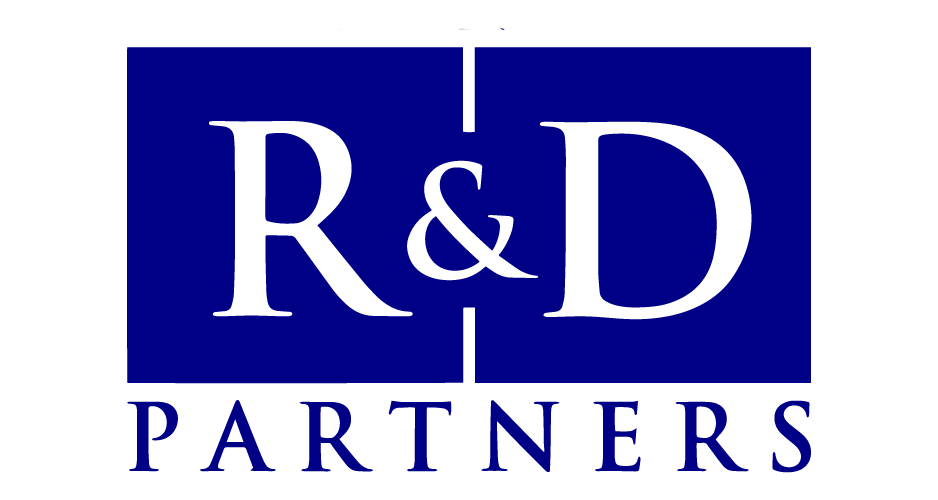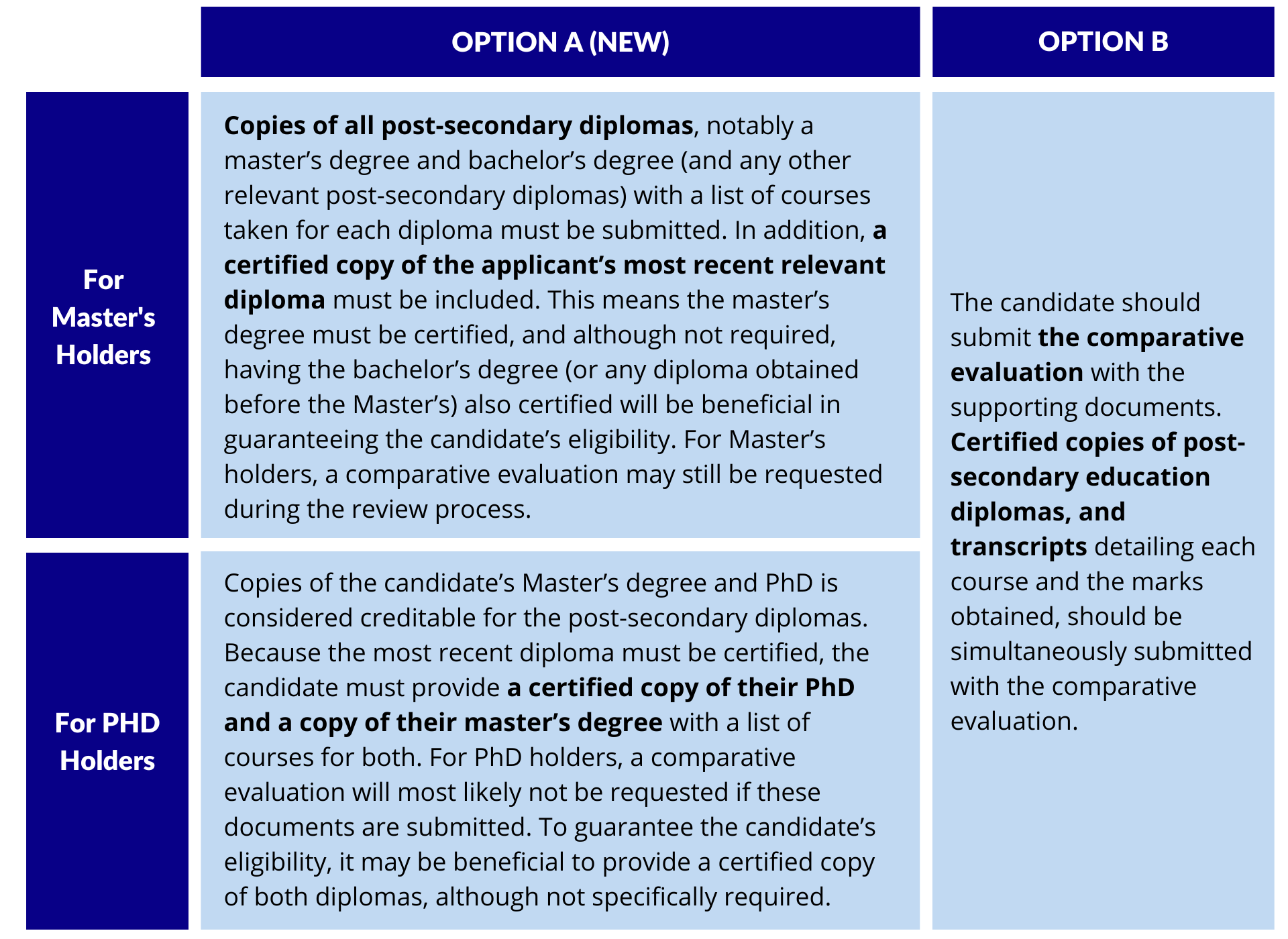Unlocking Innovation: Intellectual Property Funding for Quebec Businesses
In the dynamic landscape of business and technology, intellectual property (IP) stands as a cornerstone for innovation and growth. For businesses in Quebec, a wealth of opportunities awaits through various funding programs tailored to support and foster the protection of intellectual property. In this blog post, we delve into the world of IP funding, shedding light on the avenues available for businesses to safeguard their ideas, products, and technologies. Join us to explore how these initiatives enable Quebec businesses to innovate and thrive on a global scale.
ElevateIP
The newly launched Elevate IP funding program, announced in Budget 2021, assists Canadian enterprises with up to 500 employees. It offers assistance in mastering intellectual property, including crafting and executing strategies like trademark and patent filings, copyright, trade secrets, and more. This initiative operates in collaboration with Canadian Business Accelerators and Incubators (BAI).
Industrial Research Assistance Program (NRC IRAP) – IP Assist
The National Research Council of Canada’s Industrial Research Assistance Program (NRC IRAP) has extended its advisory services with the IP Assist program to help profit-oriented small or medium-sized Canadian businesses drive growth through innovation. Qualifications include incorporation and a workforce of 500 or fewer employees. Successful applicants become integral to IRAP’s “portfolio,” receiving guidance from dedicated Industrial Technology Advisors (ITAs). The IP Assist program consists of three progressive levels of assistance:
Level 1, Awareness: Companies benefit from customized “IP 101” sessions, heightening their understanding of intellectual property and its significance.
Level 2, Strategy: Companies develop a comprehensive IP strategy guided by ITAs. This includes gap analysis, IP landscaping (excluding legal review), competitive analysis, and background art searching.
Level 3, Action: Building upon Level 2, companies execute initiatives aligned with their IP strategy. It covers expenses associated with implementation, such as trademark clearance searches, patentability assessment, IP audit, and branding strategy. Notably, filing fees for patents or trademarks are not covered.
Note that Levels 2 and 3 exclude expenses like legal fees, foreign agent costs, and conference fees.
Innovation Program
The Innovation Program’s Support for Innovation Projects Stream from Investissement Quebec supports for-profit businesses or business groups across diverse sectors. It covers a range of innovation projects, from the planning stage to pre-commercialization. Collaboration with partners outside Quebec is permissible, provided it generates substantial economic and technological benefits for the province.
The program provides comprehensive support for IP protection activities, including funding for IP strategy, rights/licenses, patent applications, agent fees, and IP portfolio assessment. It facilitates patent applications domestically and internationally.
The deadline to submit a complete application is September 22, 2023.
CanExport Innovation Program
The CanExport Innovation program, facilitated by Canada’s Trade Commissioner Service, is designed to support Canadian entities engaging in research and development with foreign partners. This initiative offers financial assistance of up to $75,000 CDN, covering 75% of expenses for a single technology. The program focuses on IP-related activities conducted in the foreign partner’s country, including application fees for patent or copyright protection through foreign agencies, as well as legal fees associated with pursuing IP safeguarding in international markets.
Applications are accepted year-round, but approved activities must be finished within the same government fiscal year (April 1 to March 31) as the approval.
Innovative Solutions Canada
Innovative Solutions Canada funds early-stage R&D and prototype testing through several streams. The Challenge stream issues challenges for early-stage innovations in a variety of industries and may cover IP costs for successful applicants. The Testing Stream issues calls for proposals for various themes or issues and funds late-stage innovations; IP is retained by the company.
Final Thoughts
The availability of IP funding programs offers a golden opportunity for Quebec companies to not only protect their innovative concepts but also fuel their expansion and success. By capitalizing on these initiatives, businesses can explore uncharted territories, drive economic growth, and amplify their presence on the global stage.
Need support applying for funding?
If you have questions about any of the above programs or are considering submitting an application, don’t hesitate to contact R&D Partners at 1-800-500-7733 for more information or to schedule a meeting with one of our funding experts.

